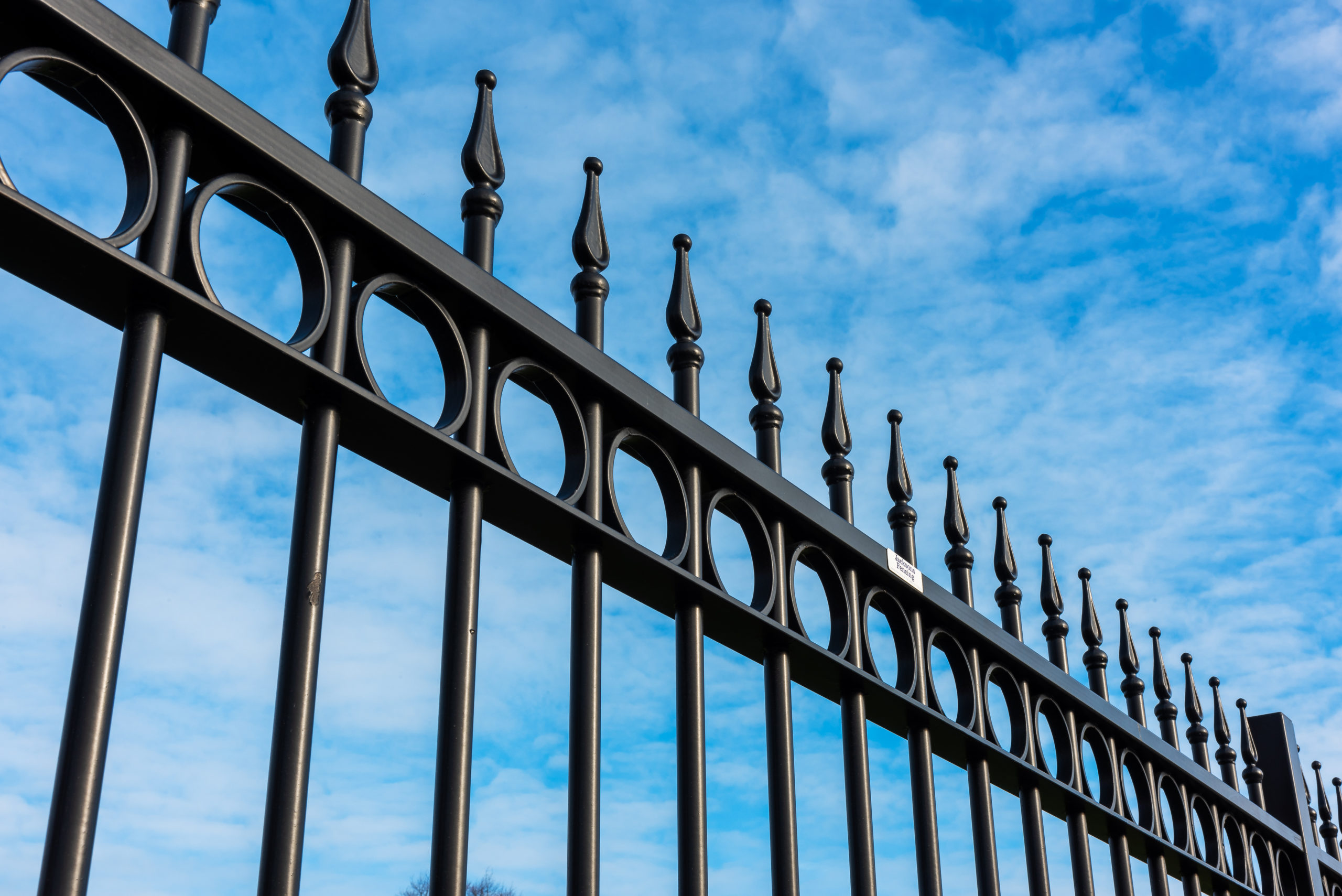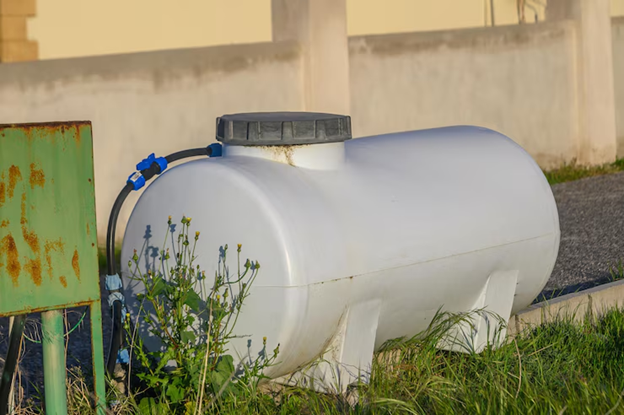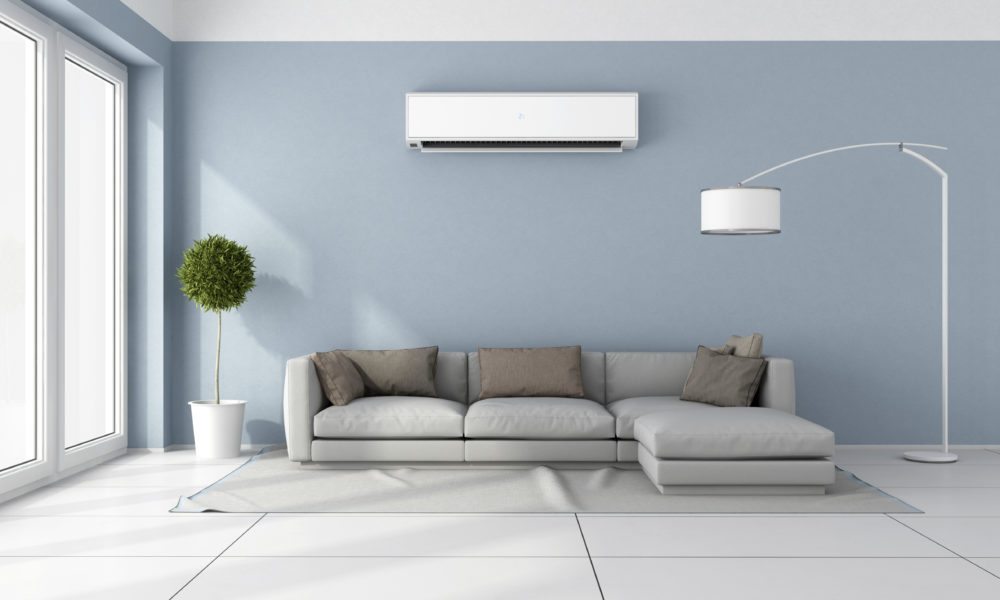Commercial buildings require robust roofing systems to withstand the elements and ensure the safety and well-being of occupants, equipment, and inventory. Over time, even the most durable roofs succumb to wear and tear, necessitating replacement. This article will explore the factors that necessitate commercial roof replacement, delve into different roofing options for commercial buildings, and highlight the importance of gutter installation during the roof replacement process.
Signs Your Commercial Roof Needs Replacing
Commercial roofs face harsher conditions compared to residential roofs due to their larger surface area and exposure to heavier foot traffic from maintenance personnel or rooftop equipment. Here are some tell-tale signs that your commercial roof might need replacement:
- Visible Damage: Look for cracked, curled, or missing shingles, ponding water, or signs of leaks in the building’s interior.
- Age: Depending on the roofing material, commercial roofs typically have a lifespan of 15-30 years. If your roof approaches or exceeds this age, consider scheduling a professional inspection.
- Frequent Repairs: If you find yourself needing frequent repairs to address leaks or other roofing issues, a full replacement might be a more cost-effective solution in the long run.
- Energy Inefficiency: Older roofing systems might not offer optimal insulation. Replacing your roof with energy-efficient materials can lead to significant savings on heating and cooling costs.
Choosing the Right Roof for Your Commercial Building: Durability and Functionality
Several factors influence the choice of roofing material for your commercial building:
- Climate: Consider your local climate and choose a material that can withstand rain, snow, wind, and extreme temperatures efficiently.
- Budget: Commercial roofing materials come in a range of price points. Asphalt shingles offer a cost-effective option, while metal roofs provide superior longevity but come at a higher initial cost.
- Building Structure: The weight and support capabilities of your building’s structure will influence the choice of roofing material.
- Desired Lifespan: Some materials, like metal roofs, boast longer lifespans compared to others.
Consulting with a qualified commercial roofing contractor can help you select the most suitable material for your specific needs and budget.
Types of Commercial Roofing Materials: Finding the Perfect Fit
Here’s an overview of some popular commercial roofing materials:
- Modified Bitumen (SBS/APP): A cost-effective and versatile option, offering good durability and weather resistance.
- Metal Roofing: Available in various metals like steel or aluminum, metal roofs offer exceptional longevity and fire resistance but can be more expensive.
- Thermoplastic Polyolefin (TPO): A lightweight and energy-efficient option, TPO roofs are known for their heat reflectivity and resistance to UV rays.
- Ethylene Propylene Diene Monomer (EPDM): A single-ply membrane option, EPDM roofs are known for their affordability, low weight, and ease of installation.
The Crucial Role of Gutters in Commercial Roof Systems
While the roof acts as the primary barrier against the elements, gutters play a vital role in channeling rainwater away from the building’s foundation. During a commercial roof replacement, gutter installation should be considered an essential part of the project:
- Prevents Foundation Damage: Gutters efficiently direct rainwater away from the foundation, preventing erosion and potential water leaks into the building.
- Protects Landscaping: Properly functioning gutters prevent excessive water flow that can damage landscaping or walkways around the building.
- Minimizes Maintenance: Gutters reduce the risk of ice dam formation in cold climates and prevent debris buildup around the foundation, simplifying overall building maintenance.
Planning a Seamless Commercial Roof Replacement and Gutter Installation
Replacing a commercial roof is a significant undertaking. Here are some key considerations for a smooth project execution:
- Seek Professional Help: Hire a qualified and experienced commercial roofing contractor who specializes in the chosen roofing material.
- Obtain Multiple Estimates: Get quotes from multiple reputable contractors, outlining the scope of work, materials to be used, warranties offered, and timeline for completion.
- Schedule Project During Favorable Weather: Plan the roof replacement and gutter installation during a time with favorable weather conditions to avoid delays or potential damage.
- Permits and Inspections: Ensure all necessary permits are obtained and inspections are scheduled with local building authorities.
Conclusion: Investing in a Secure Future for Your Business
A well-maintained commercial roof coupled with a functional gutter system is crucial for safeguarding your business assets and ensuring the well-being of your employees. By proactively scheduling inspections, addressing potential issues early on, and opting for timely roof replacement when necessary, you can minimize disruptions to your operations and ensure a secure and












